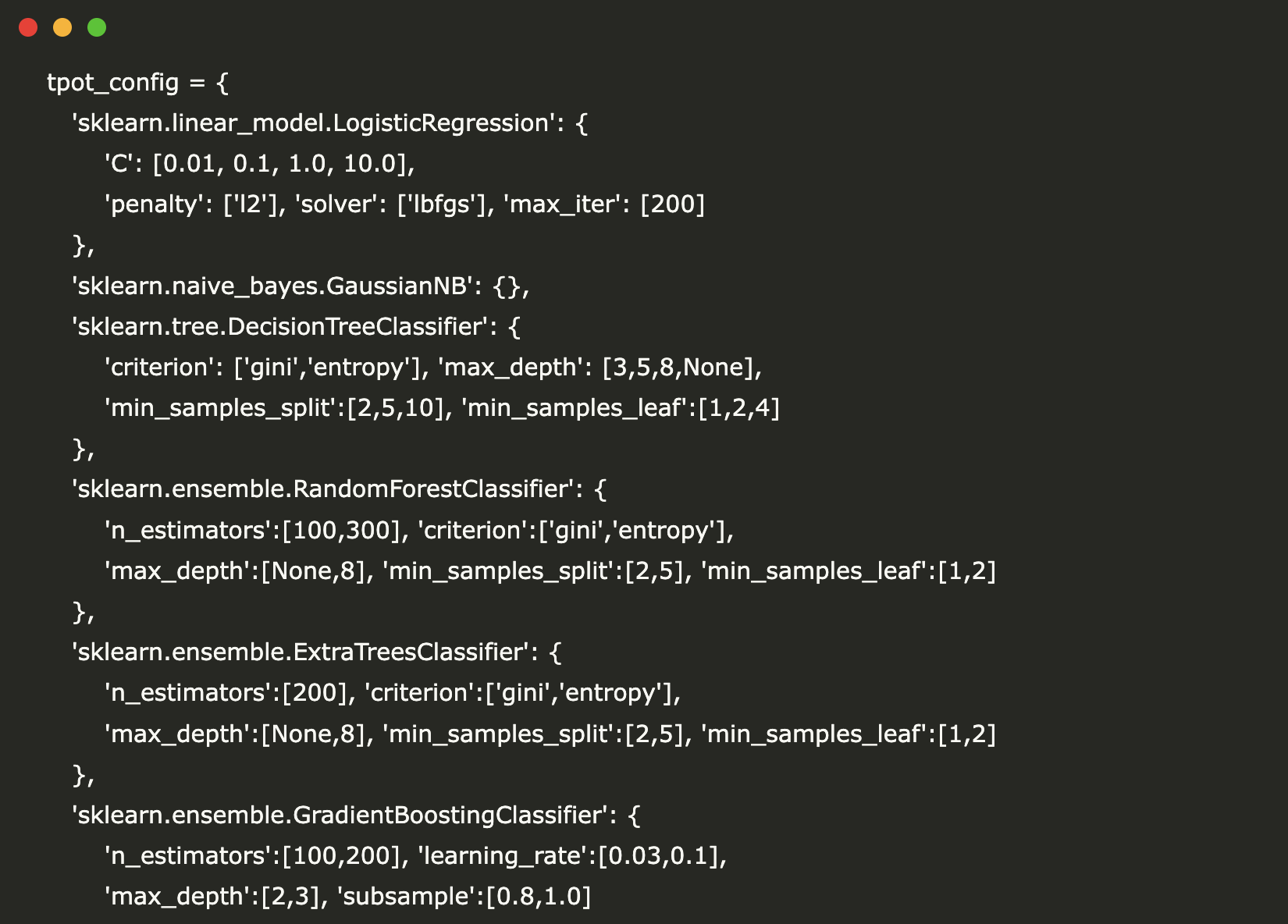Blog
Building and Optimizing Intelligent Machine Learning Pipelines with TPOT for Complete Automation and Performance Enhancement

Introduction to Intelligent Machine Learning Pipelines
In the era of big data and advanced analytics, building efficient machine learning pipelines is crucial for organizations striving to harness the power of data. However, the intricacies involved in creating these systems can be overwhelming. Intelligent automation tools like TPOT (Tree-based Pipeline Optimization Tool) simplify the development process, allowing you to optimize performance and maximize efficiency without deep expertise in machine learning.
What is TPOT?
TPOT is an automated machine learning (AutoML) library built on top of Python’s scikit-learn. It employs genetic programming to optimize machine learning pipelines dynamically. By automating tedious tasks such as feature selection, model selection, and hyperparameter tuning, TPOT enables data scientists and engineers to focus on more strategic aspects of their work, thus accelerating the model development process.
The Benefits of Using TPOT
1. Time Efficiency
One of the foremost advantages of TPOT is its ability to significantly reduce the time spent on building machine learning models. Traditional methods often require extensive manual tuning and testing, which can be time-consuming. TPOT automates these processes, allowing you to generate models that might take hours or even days to craft manually.
2. Enhanced Model Performance
TPOT doesn’t just automate; it optimizes. Using genetic algorithms, TPOT intelligently evolves models through iterative combinations and selections of various algorithms and hyperparameters. This evolution often results in models that outperform those created by manual methods.
3. User-Friendly Interface
TPOT is designed with usability in mind. Even if you have limited programming experience, you can easily access its features through a straightforward API. The library provides clear and concise documentation, which makes it accessible to a broad audience, from novices to seasoned data scientists.
4. Integration with Popular Libraries
Being built on scikit-learn means TPOT can seamlessly integrate with many other data science libraries such as NumPy and pandas. This compatibility facilitates a smoother workflow, allowing you to leverage the strengths of each library effectively.
Getting Started with TPOT
Installation
To start using TPOT, you must have Python installed on your system along with some dependencies. You can install TPOT via pip, which will handle the necessary installations for you.
bash
pip install tpot
Importing Necessary Libraries
Once installed, you can import TPOT and other essential libraries. Here’s a basic setup to get you started:
python
import pandas as pd
from tpot import TPOTClassifier
from sklearn.model_selection import train_test_split
Preparing Your Dataset
The next step is to prepare your dataset. Ensure that your data is clean and organized into features and target variables. You can use pandas for this task.
python
data = pd.read_csv(‘your_dataset.csv’)
X = data.drop(‘target_column’, axis=1)
y = data[‘target_column’]
Splitting Your Data
Before feeding your data into TPOT, it’s critical to split it into training and testing sets. This will allow the tool to evaluate how well the model performs on unseen data.
python
X_train, X_test, y_train, y_test = train_test_split(X, y, train_size=0.8, random_state=42)
Building Your Model with TPOT
Initializing TPOT
You can now initialize TPOT with your desired configuration, setting parameters like population size and the number of generations during which the algorithm evolves.
python
tpot = TPOTClassifier(verbosity=2, generations=5, population_size=20, random_state=42)
Fitting the Model
With TPOT initialized, you can fit your model to the training data. The tool will handle feature selection, pipeline optimization, and hyperparameter tuning automatically.
python
tpot.fit(X_train, y_train)
Evaluating Model Performance
Once the model training is complete, you can assess its performance on the test set. TPOT will also provide you with the optimal pipeline configuration that you can utilize for future predictions.
python
print(tpot.score(X_test, y_test))
Exporting Your Best Model
One of TPOT’s standout features is its ability to export the best pipeline as a Python script. This allows you to integrate it into your existing codebase seamlessly.
python
tpot.export(‘best_pipeline.py’)
Challenges and Best Practices
Data Quality
While TPOT automates a variety of tasks, the quality of your data plays a vital role in the performance of your machine learning models. Ensure that you clean and preprocess your data comprehensively before using TPOT.
Handling Imbalanced Datasets
TPOT may struggle with imbalanced datasets, as it could favor the majority class. Consider applying techniques such as SMOTE (Synthetic Minority Over-sampling Technique) to balance your dataset before running TPOT.
Monitoring Performance
Even though TPOT automates many aspects, it’s crucial to monitor the model’s performance continuously. Use techniques such as cross-validation to ensure that the model generalizes well to new data.
Experiment with Parameters
Don’t hesitate to experiment with different settings in TPOT. Adjusting parameters like generations and population size can lead to significant improvements in your model’s performance.
Conclusion
Building machine learning pipelines can be a daunting task, but with tools like TPOT, the process becomes significantly more manageable and efficient. By leveraging TPOT’s automation and optimization capabilities, you can enhance the performance of your models and free up valuable time for more strategic endeavors. In a world increasingly driven by data, mastering these intelligent pipelines will only become more essential for businesses looking to stay competitive in their respective fields.
